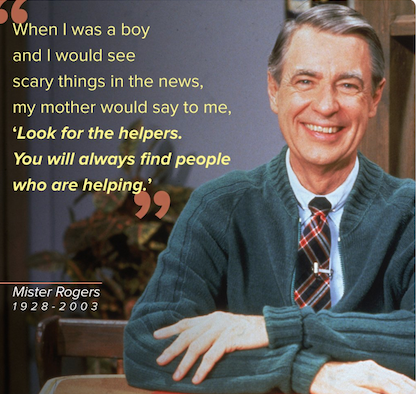Four years ago, I was diagnosed with a terminal disease and we elected a leader who ruled with fear. I was sick and the country was sick. I was afraid and the country was afraid. It was exhausting. And it didn’t feel like me to be scared, angry, and sick all the time. I learned to meditate and I listened. I listened deeply to find out What was underneath all this fear? It was not comfortable. I prefer movement to sitting still. In the quiet, all I heard was the loud, fast-paced, and mean voice of Fear. But eventually I felt the steady presence of joy. It wasn’t even joy at first. It was more like a calm current of possibility. And that felt more like me. When I tapped into what was underneath the fear, the real healing began. What I want for this country is what I want for myself: to feel more like who we truly are. Beautiful, powerful, and connected to place and to one another.
Disease and division don’t have to be our identity unless we want them to be. It’s time for healing. It’s time to shine the light on places of division and disease and watch fear shrink from the light. Our tired bodies will slowly heal and learn that it’s okay to exhale. We can listen and find out that we are not what the headlines say we are.
Mr. Rogers said, “When I was a boy, and I would see scary things in the news, my mother would say to me, “Look for the helpers. You will always find people who are helping.””
We are hard-wired to help one another. Everywhere I look, I see helpers; people who are trying to make the country, and the world, better. And statistically-speaking, each of us is related to someone who has a very different idea of which direction this country should go in. The kind of brave we need right now is to listen, to seek to understand, and not to convince. That’s how healing happens. Listen for the fear, and then listen underneath the fear. From that place of common humanity, we can be the helpers that our children are looking for each day.
Love,
Susie
***
image credit: theatlantic.com

